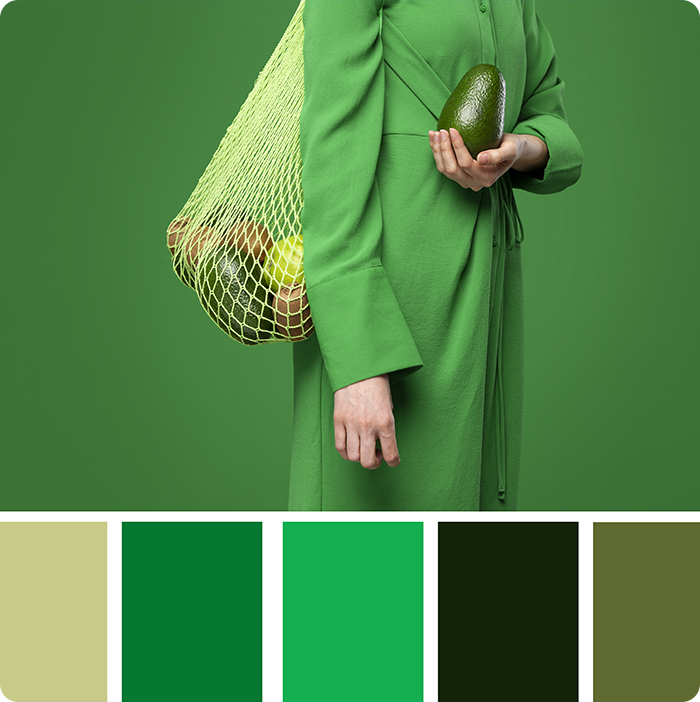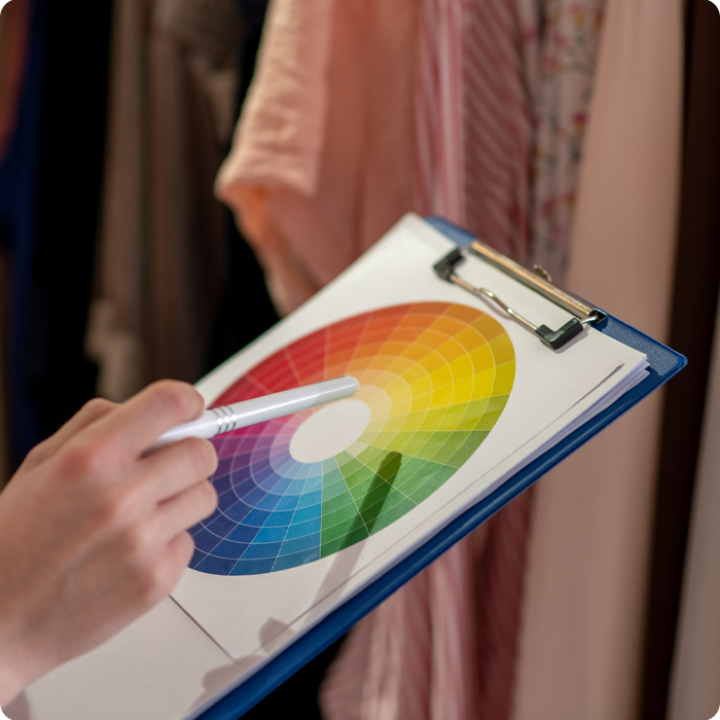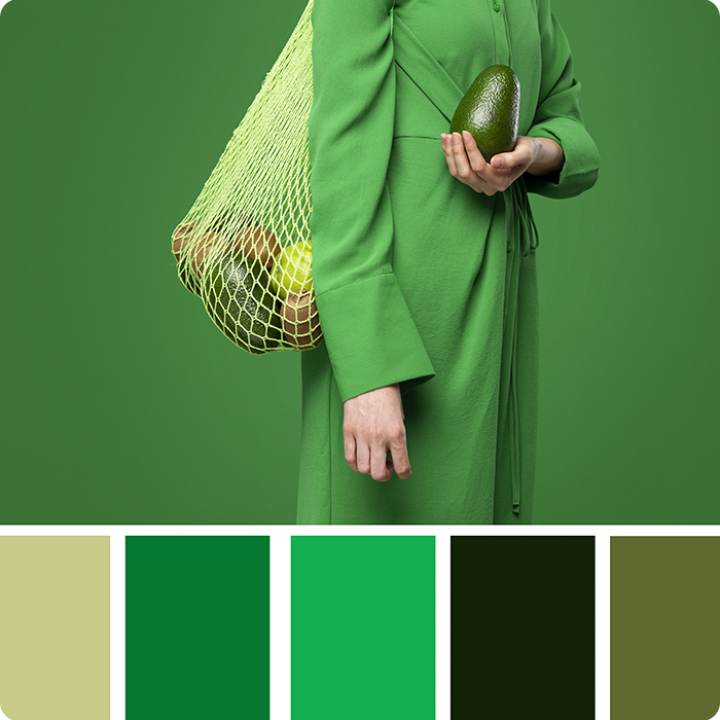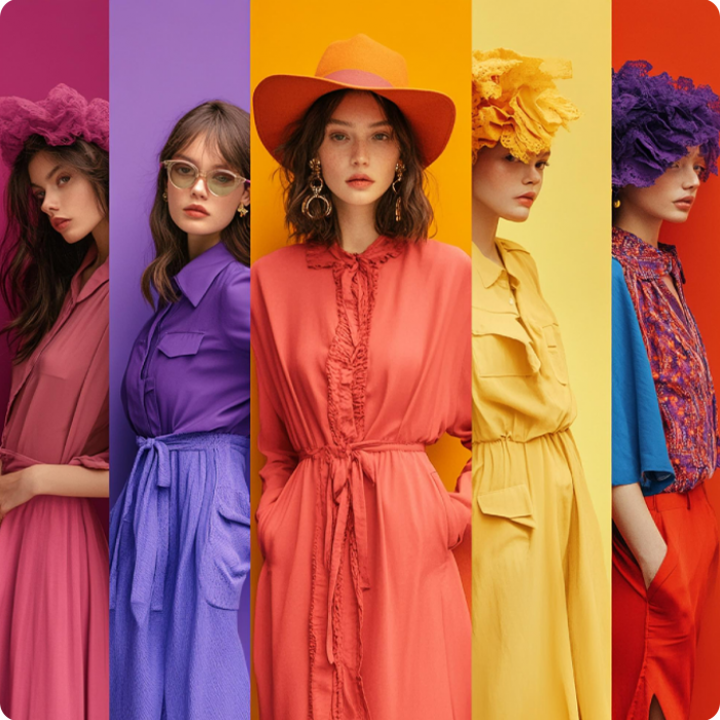
The Ultimate Color Matching Guide: How to Pair Outfits Like a Pro
Color plays a crucial role in fashion. The right combination can elevate your look, while a poor choice can make even the most stylish outfits seem uncoordinated. Whether you prefer bold contrasts or subtle harmony, understanding color matching can help you create effortlessly stylish outfits. This guide will break down the basics and help you master the art of pairing colors like a pro.
Understanding the Color Wheel
The color wheel is the foundation of color matching. It consists of primary colors (red, blue, yellow), secondary colors (green, orange, purple), and tertiary colors (created by mixing a primary and a secondary color). Learning how these colors interact can make outfit selection much easier.
Complementary Colors: These are colors that sit opposite each other on the color wheel, such as blue and orange or red and green. Pairing them creates a bold contrast that stands out.
Analogous Colors: These are colors that sit next to each other on the wheel, like blue and teal or yellow and orange. They create a smooth, blended look.
Monochromatic Colors: Using different shades of the same color, such as light blue with navy or soft pink with deep rose, creates a cohesive and elegant outfit.
Neutral Colors – The Safe Base
Neutrals are the easiest way to build a well-matched outfit. Shades like black, white, gray, beige, and brown pair effortlessly with both bold and muted colors. If you’re unsure about pairing bright colors, start with a neutral base and add a subtle pop of color for balance.
For example, a classic black and white outfit always looks polished. If you prefer earth tones, pairing beige with brown creates a warm and natural appearance.
Balancing Bright and Dark Shades
Balancing light and dark colors ensures that an outfit doesn’t look too overwhelming. A bright shade can stand out when paired with a darker color. For instance, pairing a deep navy with a soft pastel creates a balanced and stylish combination.
If you’re experimenting with bold shades like red or yellow, grounding them with a darker tone like charcoal or olive can help maintain harmony without overpowering the look.
Seasonal Color Coordination
Colors often align with different seasons, making it easier to choose outfits that fit the time of year.
Spring & Summer: Lighter shades such as white, pastel blue, soft pink, and mint green create a fresh and airy appearance.
Autumn & Winter: Rich tones like deep burgundy, forest green, mustard, and chocolate brown add warmth and depth.
Final Tips for Perfect Color Pairing
Stick to a maximum of three colors per outfit for a clean and polished look.
If using bold colors, let one dominate while keeping the others subtle.
Experiment with different combinations to find what works best for your personal style.
Mastering color matching takes practice, but once you understand the basics, pairing outfits becomes effortless. With these tips, you can confidently put together stylish and well-balanced looks every time!




